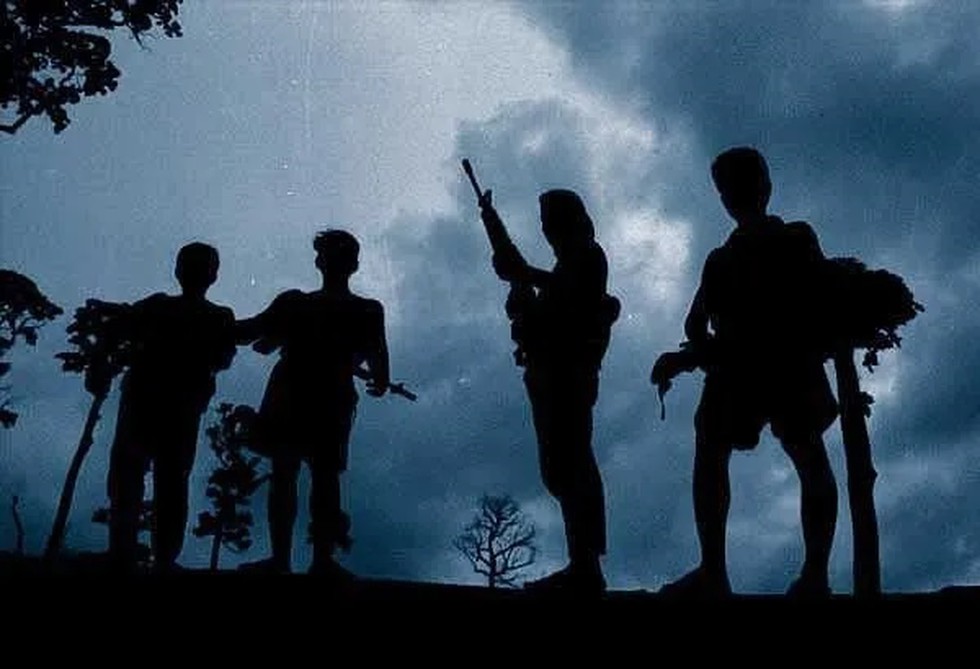Rise of insurgency in Manipur
- The emergence of insurgency in Manipur dates back to 1964 with the formation of the United National Liberation Front (UNLF), which still remains one of the formidable militant outfits.
- The rise of separatist insurgency in Manipur mainly attributed to perceived discontent over alleged “forced” merger of Manipur with the Union of India and the subsequent delay in granting it full-fledged statehood.
- While the erstwhile Kingdom of Manipur was merged with India on October 15, 1949, it became a state only in 1972.
- The Naga movement in neighbouring Nagaland spilled over into Manipur’s hill districts with the NSCN-IM controlling most of it while pressing for “Nagalim” (Greater Nagaland), which is perceived in the valley as a “threat” to Manipur’s “territorial integrity”.
- In the early 1990s, the ethnic clashes between Nagas and Kukis led to the formation of several Kuki insurgent groups, which have now scaled down their demand from a separate Kuki state to a Territorial Council.
Ceasefire agreement
- The NSCN-IM entered a ceasefire agreement with the Government of India (GoI) in 1997, even as peace talks between them have still been continuing.
- Similarly, the Kuki outfits under two umbrella groups, the Kuki National Organisation (KNO) and United People’s Front (UPF), also signed the tripartite Suspension of Operation (SoO) pacts with the GoI and Manipur on August 22, 2008.
- However, major valley-based militant outfits (Meitei groups) such as the UNLF, PLA, KYKL etc. are yet to come to the negotiating table.
